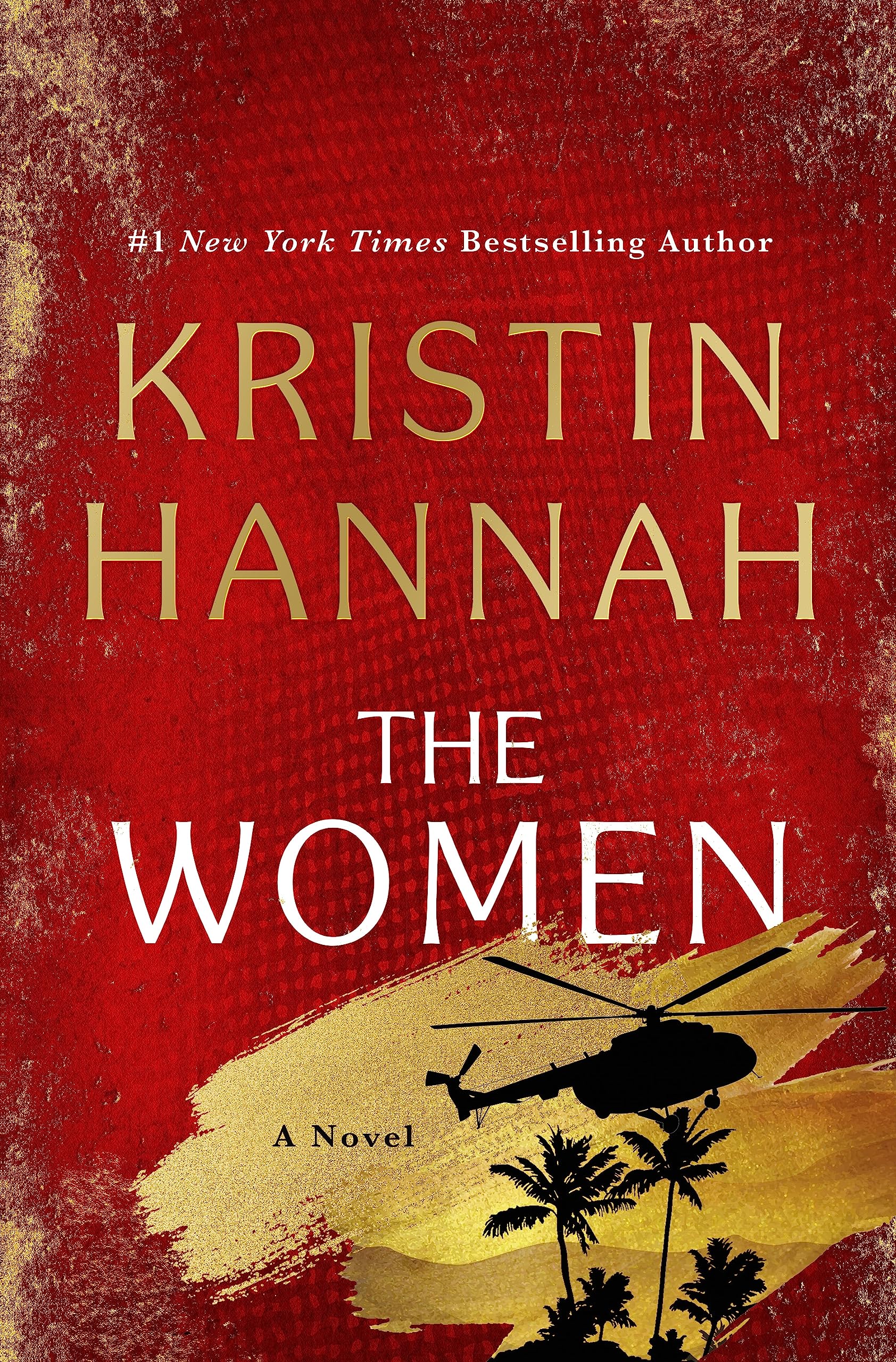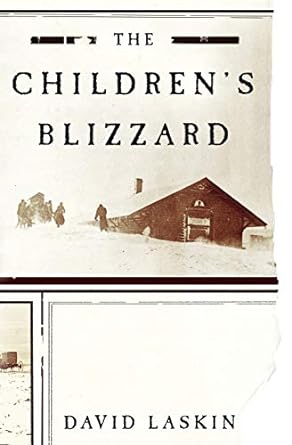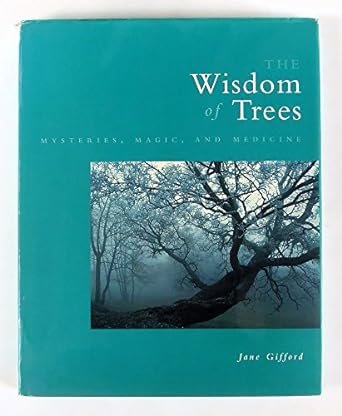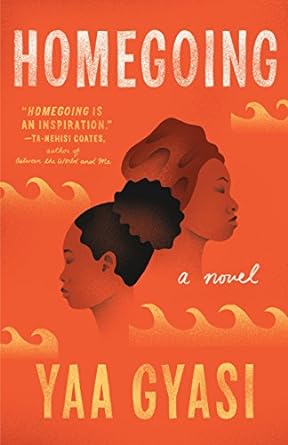The first Monday of the month seems to roll around faster and faster, and it’s time for me to blog about all or some of the books I read the preceding month. Today’s post is about three of the six books I read in March. I plan to blog about the other three on April 15.
I started last month reading an incredible and much-anticipated novel. Would the rest of the books I read in March measure up to the bar set by Kristin Hannah?
Read on to find out.
The Women, by Kristin Hannah
I got on the waitlist for this novel as soon as it showed up in the Charlotte-Mecklenburg Public Library online catalog. That was months ago. Last time I checked on Friday evening, there were 4,314 people on that waitlist for the 873 copies in multiple formats. It seems to grow longer each day, so I was fortunate to get to read it soon after it was released.
Unless you live under a rock or have absolutely no interest in historical fiction, you probably know that The Women is about the American women who served in the military in-country (Vietnam) during the Vietnam War. That’s all I knew about it until I really got into the 468-page novel.
I don’t recall the last time I was so affected by a novel. Ms. Hannah writes in a way that puts the reader inside the main character, Frankie, a US Army nurse. This book grabbed me by the throat. I felt like I was right there in a US Army hospital or MASH unit during the war. It brought back memories of watching the news reports of the war on TV every night in my teenage and college years. The names of places and battles I had not thought about in decades were suddenly fresh again.
The book starts out to follow this young nurse throughout her tour of duty. I don’t want to give anything away, but I want to share that it also follows her return to the United States. These were the days of a lot of anti-war protests and the Vietnam veterans did not receive a hero’s welcome when they came home. To compound that situation, people repeatedly told Frankie she wasn’t a veteran because “there weren’t any women in Vietnam.”
Frankie went through loss after loss. Every time I thought things were finally going to go well for her, she suffered another setback.
This is an amazingly well-researched and well-written novel. Ms. Hannah’s descriptions of unspeakable combat injuries and the overwhelming number of severely injured soldiers and civilians the doctors and nurses had to deal with will take your breath away.
It seems impossible to me that the 1960s and early 1970s now qualify for historical fiction. It’s the first time I’ve been so taken aback by reading an historical novel set in my lifetime.
I especially recommend this novel to anyone with a romanticized concept of war.
The Children’s Blizzard, by David Laskin
I mentioned this book on my blog on March 11, 2024 (#OnThisDay: The Blizzard of 1888) but saved the details for today. This is a nonfiction book that reads like a novel. I love this kind of creative nonfiction!
The book emphasizes the fact that the temperatures were unseasonably warm on the morning the blizzard hit, so the school children had not worn their heaviest winter clothes. That fact put them at greater risk than on a normal January day.
I will quote a little from the prologue to give you the flavor of David Laskin’s writing style.
“On January 12, 1888, a blizzard broke over the center of the North American continent. Out of nowhere, a soot gray cloud appeared over the northwest horizon. The air grew still for a long, eerie measure, then the sky began to roar and a wall of ice dust blasted the prairie. Every crevice, every gap and orifice instantly filled with shattered crystals, blinding, smothering, suffocating, burying anything exposed to the wind. The cold front raced down the undefended grasslands like a crack unstoppable army. Montana fell before dawn; North Dakota went while farmers were out doing their early morning chores; South Dakota, during morning recess; Nebraska as school clocks rounded toward dismissal. In three minutes, the front subtracted 18 degrees from the air’s temperature…. Before midnight, windchills were down to 40 below zero…. By morning… hundreds of people lay dead…, many of them children who had fled – or been dismissed from – country schools….”
In the early pages of the book, the author explains that many of the people affected by this storm were immigrants from eastern Europe. They had taken advantage of the Homestead Act, which gave each one 160 acres of land in the region in exchange for a small filing fee and a promise to farm their land for five years. This was a recipe for every family to be isolated and children to have to walk miles to the nearest one-room school.
Much to my surprise, there was a national weather service in 1888. It was attached to the US Army. Such things as barometric pressure, wind speed, and temperatures were recorded and tracked, but this storm out-paced the warning system of flags emblazoned with a single black square and the telegraph system. I dare say it was a monstrous storm moving with such speed that it would challenge 2024 technology to sufficiently warn the populous.
The book gives details about specific families and individuals in the early chapters and then moves into how each one was affected by the storm.
The details of how individual school teachers – many of whom were scarcely older than their students – were faced with impossible decisions of whether to keep their students in the school houses where they were at risk of freezing to death or to send the children out to walk home at the risk of freezing to death.
The individual stories Mr. Laskin shares in this book are powerfully written and show us feats of heroism by children and adults alike. It was a mix of quick thinking and sheer luck that saved the ones who survived. Many survivors lost limbs to frostbite. Many who survived hypothermia succumbed to the warming of their bodies after being rescued.
The author weaves in details of how weather systems are created and how they interact with each other, as well as interesting details of the process the human body goes through when subjected to various temperatures that take the body below 95 degrees F.
People whose ancestors lived in the Great Plains states in January 1888 still tell the stories about this storm. It was interviews and family records that enabled Mr. Laskin to include such details in his book.
This is the first book by David Laskin that I have read. I will definitely look for his other books.
The Wisdom of Trees: Mysteries, Magic, and Medicine, by Jane Gifford
I happened upon this book at the public library. The title caught my eye. Trees fascinate me. I am intrigued by the different properties each species has. Since I am writing historical fiction set in the backcountry of Virginia and the Carolinas in the 1700s, I need some knowledge of trees and how they were used by pioneers.
My Morrison ancestors worked with trees a lot and were, no doubt, very knowledgeable about which trees were best used for what purpose. My grandfather had a sawmill. My father enjoyed woodworking and made some beautiful furniture.
Unfortunately, I was not interested in the properties of trees until recent years, so I have had to read and take notes about things my ancestors just knew. It was a necessity for pioneers, farmers, sawmillers, and woodworkers to know about trees. At a glance, my father could identify any tree by its leaf or its bark and any piece of lumber by its color, grain, or fragrance.
I have only recently been able to identify an ash tree, and there are many on our property. My newfound interest in ash trees is a result of many of them succumbing to the invasive emerald ash borer that was introduced from its native range in Asia. This is a costly loss to our environment.
Ash trees were so plentiful here 100 years ago that there was a factory in Harrisburg, North Carolina that made baseball bats and spokes for wagon wheels. (I write about that in Harrisburg, Did You Know? Cabarrus History, Book 2, which is available from Amazon and at Second Look Books in Harrisburg.)
Back to The Wisdom of Trees: Mysteries, Magic, and Medicine, by Jane Gifford… in the words from page six: “This book celebrates the enormous cultural and medicinal value of the trees most familiar to modern-day Europe from the point of view of our Celtic ancestors.” It goes into some history of the Druids, poets in Ireland, and the basic Celtic tree alphabet. In other words, the book was not what I thought it was going to be. Only a few species of trees were addressed, and some of them are not found in North Carolina.
For the information the book covered, it is probably a good resource. I’m not sure I learned anything that will help me in writing historical fiction set in North Carolina.
Since my last blog post
I attended a book discussion at the public library in Harrisburg. Homegoing, by Yaa Gyasi was selected as this year’s “Big Read” by the National Endowment of the Arts (NEA). I have not finished reading the novel, but I thoroughly enjoyed the group discussion. The library branch manager had listened to the book and said the recording was outstanding.
Until my next blog post
Read a good book or two.
Support your local public library and independent bookstore.
Check with your local public library system to see if it is offering special programming in conjunction with the NEA’s “Big Read.”
Remember the people of Ukraine.
Janet




